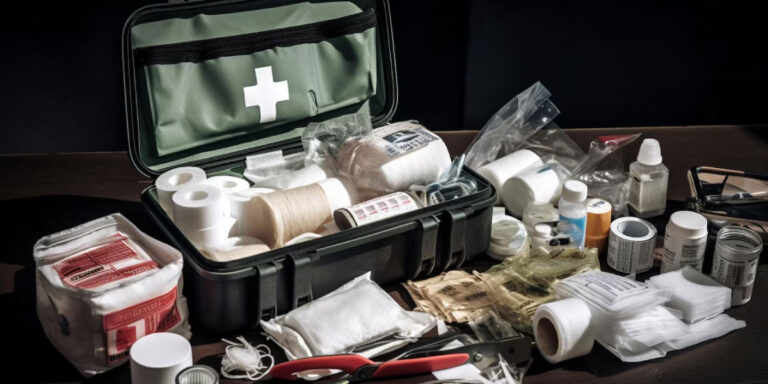We exclusively deliver training sessions in the highest quality facilities. Explore our venues and discover our available dates and pricing below:
In the event of a cancellation or deferment, we provide fully transparent terms and conditions.


Delivered by accredited experts at Acadame, our QNUK Level 3 Award in Emergency First Aid at Work Course is packed full of the essential information.
On our one day program, learners will develop the skills and knowledge needed to deal with a range of emergency first aid situations. These situations include managing an unresponsive casualty, CPR, choking, shock, wounds, bleeding, and minor injuries.
We also offer this course in Manchester and Liverpool.
small cuts
grazes
bruises
small splinters
learners will know how to deal with minor burns and scalds in line with accepted current practice as outlined in the Voluntary Aids Society First Aid Manual.
The method of assessment is a two-step journey:
Candidates will be observed to ensure that they can:
The examination consists of 15 multiple-choice questions.
Our Emergency First Aid at Work Training in Staffordshire is classroom based and held over 1 days.
Yes. On successful completion the learner will receive an accredited certificate. The certificate will be forwarded at a later date. A proof of pass can be immediately provided if required though.
Certification for this course is valid for 3 years but the HSE recommends a refresher course every year. To remain certified in this area, you will need to take the refresher course before the expiry date.
The Emergency First Aid at Work in Staffordshire is aimed at those over 16 who are able to undertake the responsibilities associated with being a workplace emergency first aider.
Learners between 14-16 years can undertake the qualification, however they should not be relied upon by employers to be a sole emergency first aider.
Due to the language of the assessment, it is recommended that learners have sufficient command of the English language in order to understand the assessment and to undertake the recommended assessment methods.
Attendees will be required to demonstrate First Aid procedures as they would in a real work environment. This includes providing CPR to a casualty who is on the floor, therefore be physically capable of doing so.
Join our newsletter community today to receive exclusive updates, expert tips, and special offers straight to your inbox, empowering you to stay informed and inspired on your safety journey.
Talk to humans
+44 0330 1242165
hello@acadame.co.uk